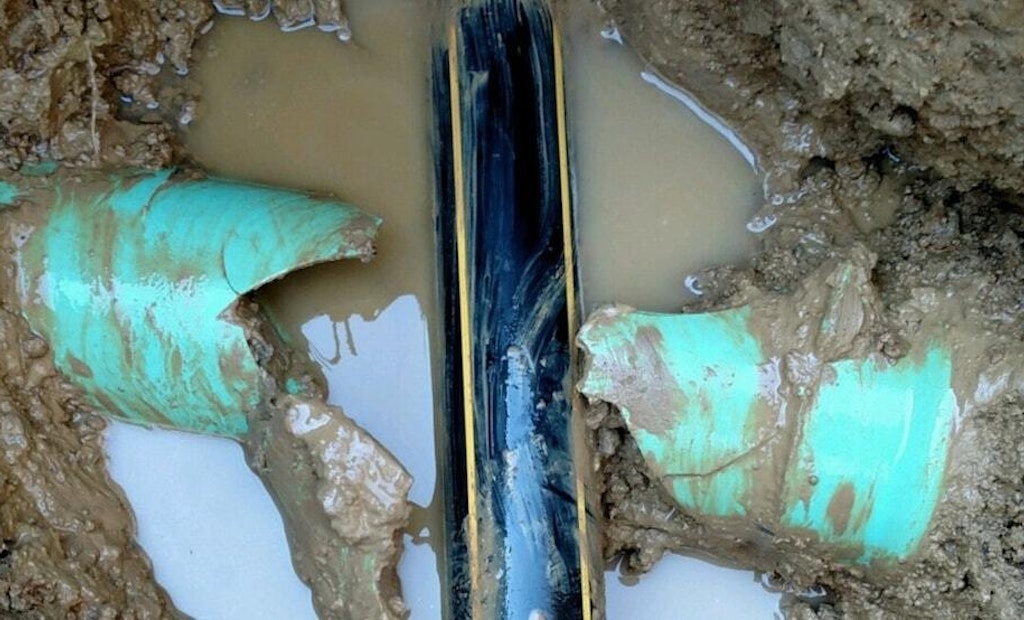Several decades ago I was called out to a new house experiencing problems with their onsite system. They had effluent coming up out of the manhole covers of their brand-new system.
This was before effluent filters were required so it wasn’t a plugged filter. Typically, our first...






